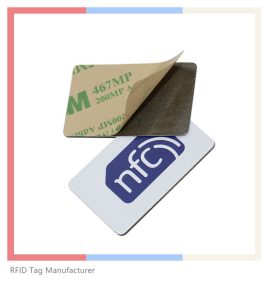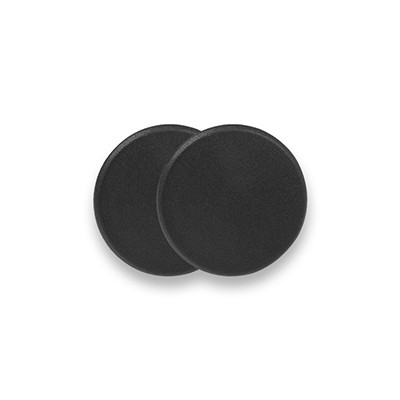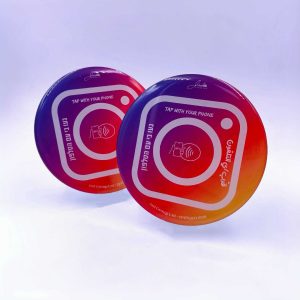Near Field Communication (NFC) technology has rapidly gained popularity in recent years due to its versatility and ease of use. From contactless payments to smart packaging and inventory management, NFC tags have become indispensable tools for businesses and consumers alike. However, with the plethora of options available in the market, choosing the right NFC tags can be overwhelming. In this guide, we’ll delve into the key considerations to help you make an informed decision when purchasing NFC tags.

Understanding NFC Tags: Exploring the Basics
Before diving into the buying process, let’s first understand what NFC tags are and how they work. NFC tags are small, programmable chips that can store and transmit data wirelessly when in close proximity to an NFC-enabled device, such as a smartphone or tablet. These tags come in various forms, including stickers, cards, and keychains, and they can be easily integrated into products or used as standalone items.
Types of NFC Tags: Choosing the Right One for Your Needs
NFC tags are available in different types, each offering unique features and capabilities. Understanding the differences between these types is crucial to selecting the most suitable NFC tags for your specific requirements. The common types of NFC tags include:
- Type 1: Known for their low memory capacity and limited compatibility.
- Type 2: Widely used for tasks like marketing and information sharing due to their affordability and versatility.
- Type 3: Offering higher memory capacity and faster data transfer speeds, making them ideal for more advanced applications.
- Type 4: Designed for secure transactions and advanced data encryption, suitable for applications requiring high-level security.
| Chip | Memory | User Memory | Max URL | Scan Counter | Password | Auth | |
|---|---|---|---|---|---|---|---|
| MIFARE Ultralight | 64 | 48 | 40 | ||||
| MIFARE Ultralight EV1 (80byte) | 80 | 48 | 40 | Yes | |||
| MIFARE Ultralight EV1 (164byte) | 164 | 128 | 120 | Yes | |||
| NTAG203(discontinued) | 168 | 144 | 136* | ||||
| NTAG210µ | 64 | 48 | 40 | ||||
| NTAG210 | 80 | 48 | 40 | Yes | |||
| NTAG213 | 180 | 144 | 136* | Yes | Yes | ||
| NTAG215 | 540 | 504 | 492 | Yes | Yes | ||
| NTAG216 | 924 | 888 | 854 | Yes | Yes | ||
| NTAG424 | - | 256** | 240 | Yes | Yes | Yes | |
| NTAG213 TT | tbc | tbc | tbc | Yes | Yes | ||
| ST25TN01K | 256 | 160 | 152 | ||||
| ST25TN512 | 256 | 64 | 56 | ||||
| NTAG426Q | - | 916** | - | Yes | Yes | Yes | |
| NTAG223 | - | 144** | - | Yes | Yes | Yes | |
| NTAG224 | - | 207** | - | Yes | Yes | Yes |
Key Factors to Consider When Buying NFC Tags
Memory Capacity
One of the primary considerations when purchasing NFC tags is the memory capacity. Depending on your intended use, you may require tags with larger memory capacity to store more extensive data, such as URLs, contact information, or product details.
Read/Write Capability
Consider whether you need NFC tags with read/write capability, allowing you to update or modify the stored data as needed. This feature is particularly useful for applications where information may change over time, such as marketing campaigns or product promotions.
Durability and Form Factor
Ensure that the NFC tags you choose are durable enough to withstand the intended environment and usage conditions. Whether you need tags for indoor or outdoor use, opt for options that are waterproof, weatherproof, and resistant to physical damage.
Compatibility
Check the compatibility of NFC tags with both hardware and software components, including NFC-enabled devices and applications. Choosing NFC tags that are compatible with a wide range of devices ensures seamless integration and interoperability.
Conclusion: Making the Right Choice
In conclusion, purchasing NFC tags requires careful consideration of various factors, including type, memory capacity, read/write capability, durability, and compatibility. By understanding your specific requirements and selecting NFC tags that align with them, you can unlock the full potential of NFC technology and enhance your business operations, marketing efforts, and customer experiences.
















